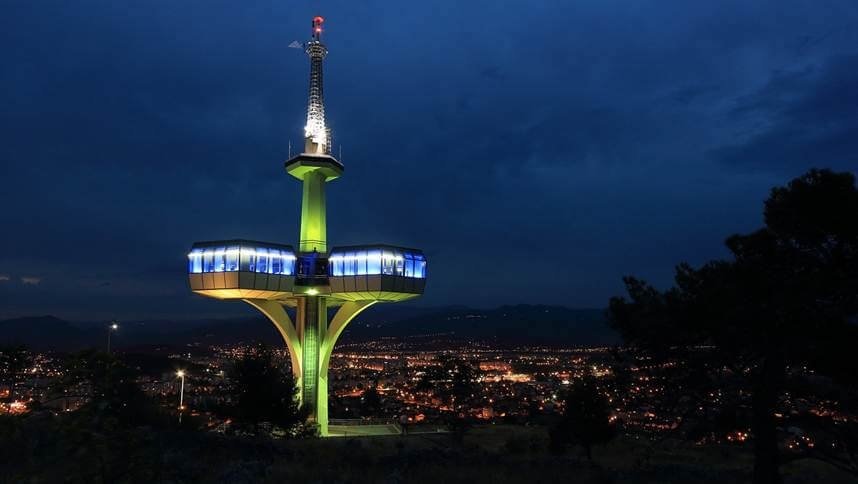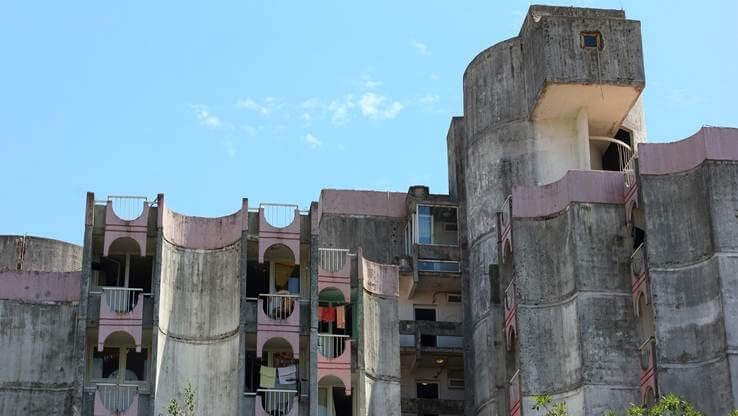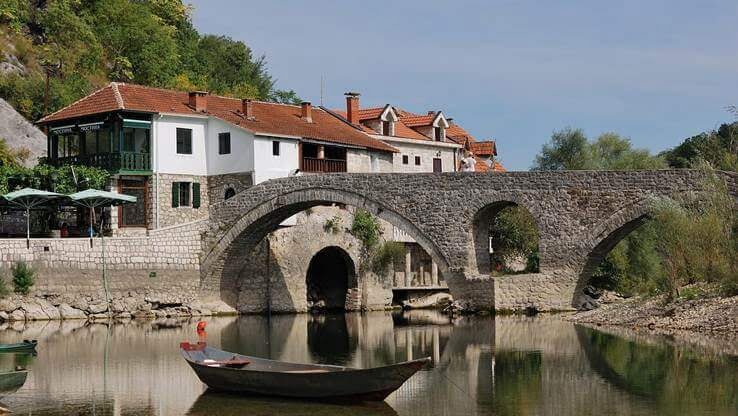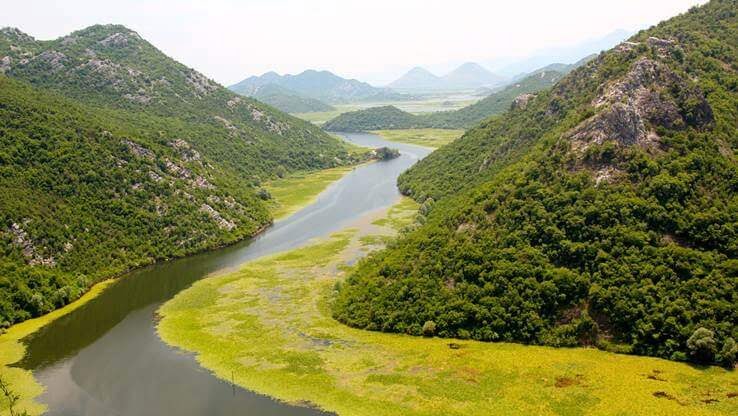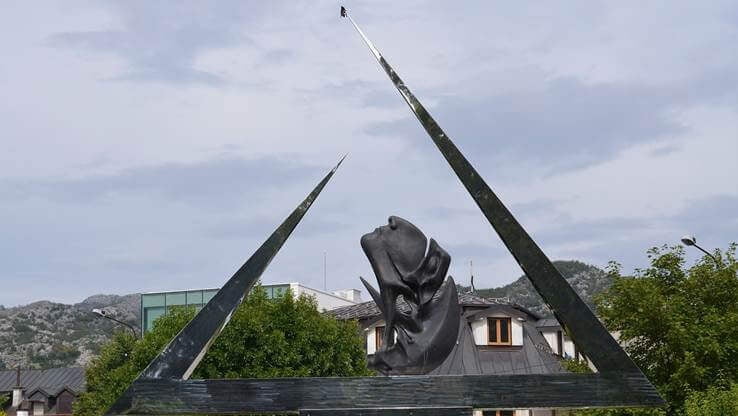There were so many words about nature, attractions and wonders of Montenegro, its coastal towns, its mountains, national parks, but we haven’t really taken the time and dedicated worthy attention to the capital of Montenegro – Podgorica. Now, the interesting thing is, Podgorica is not the sole capital city of Montenegro, the other one being the old capital Cetinje, but you’ll find out more about that as you keep reading.
Many people, especially travellers and tourists have asked themselves what is the capital of Montenegro, or furthermore, got ever so confused by the answer, since there are two of them, with two different roles. We will have a look at both of them and their distinctive function in the country, with the accent staying on Podgorica, as the main capital of Montenegro.
